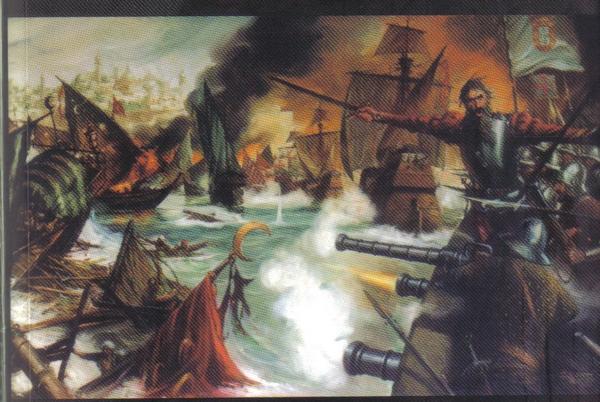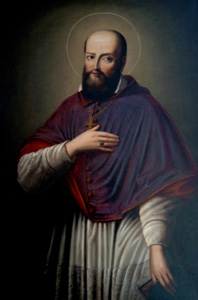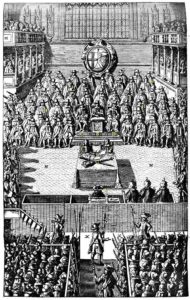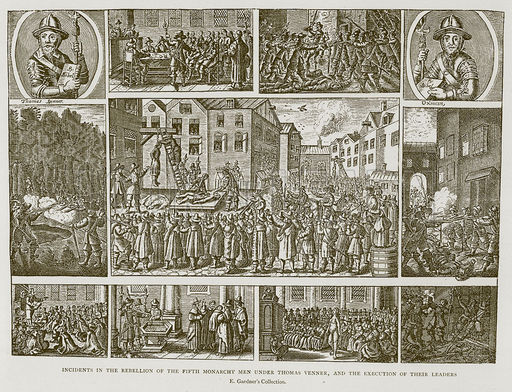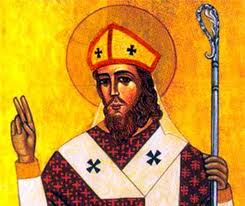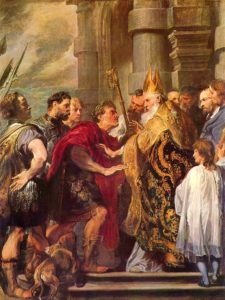1509
The Battle of Diu
When the Portuguese explorers in the late 15th century rounded the Cape of Good Hope and headed up the east coast of Africa, they were on a mission that would revolutionize geopolitics in Asia for centuries. Empires would rise and fall, trade routes would be changed, the balance of wealth would shift to the Atlantic from the Mediterranean, and Christianity and Islam would clash on a new battlefront.
For centuries the Italian city states controlled international commerce between Europe and Asia, acting as a middle man between Christian nations and the Turks and Egyptians. What was termed the “spice trade” really meant the importing of a host of chemicals, preservatives, foods, timber, and cloth from Asia. Between the money their ships made from the transport of these goods and the mark-up they charged their European markets, cities like Venice and Genoa prospered.
The Atlantic-facing states — England, Spain, Portugal and France — all took to the sea at the turn of the 16th century to find a direct way to Asia. While others sailed west, the Portuguese sailed south around Africa and finally intruded into Asian waters in 1494. They found that while their trade goods were little valued by sophisticated Asians, their maritime technology was irresistible. With large sailing vessels propelled by square and lateen sails and bristling with heavy artillery, they could outfight any Arab or Indian fleet and bombard ports into submission. With easy brutality the Portuguese set about erecting a trade empire and alarming those who had held a monopoly hitherto.
In 1509 a unique alliance of Christian trading cities (Venice and Ragusa) and Islamic powers (the Mamluks of Egypt who had controlled the Red Sea, the Ottoman Turks, and various Indian states) gathered a fleet to oppose the Portuguese. Outside the port of Diu on the Arabian Sea, 18 Portuguese carracks and caravels blew 100 small allied vessels, many of them Mediterranean galleys, out of the water.
The Battle of Diu allowed the Portuguese to continue snapping up Indian ports and led to the overthrow of the Mamluks for their failure to protect the sea routes that were part of the pilgrimage to Mecca. This latter change made the Turkish Sultans the new caliphs of Sunni Islam and their Ottoman Empire the dominant Islamic power.
